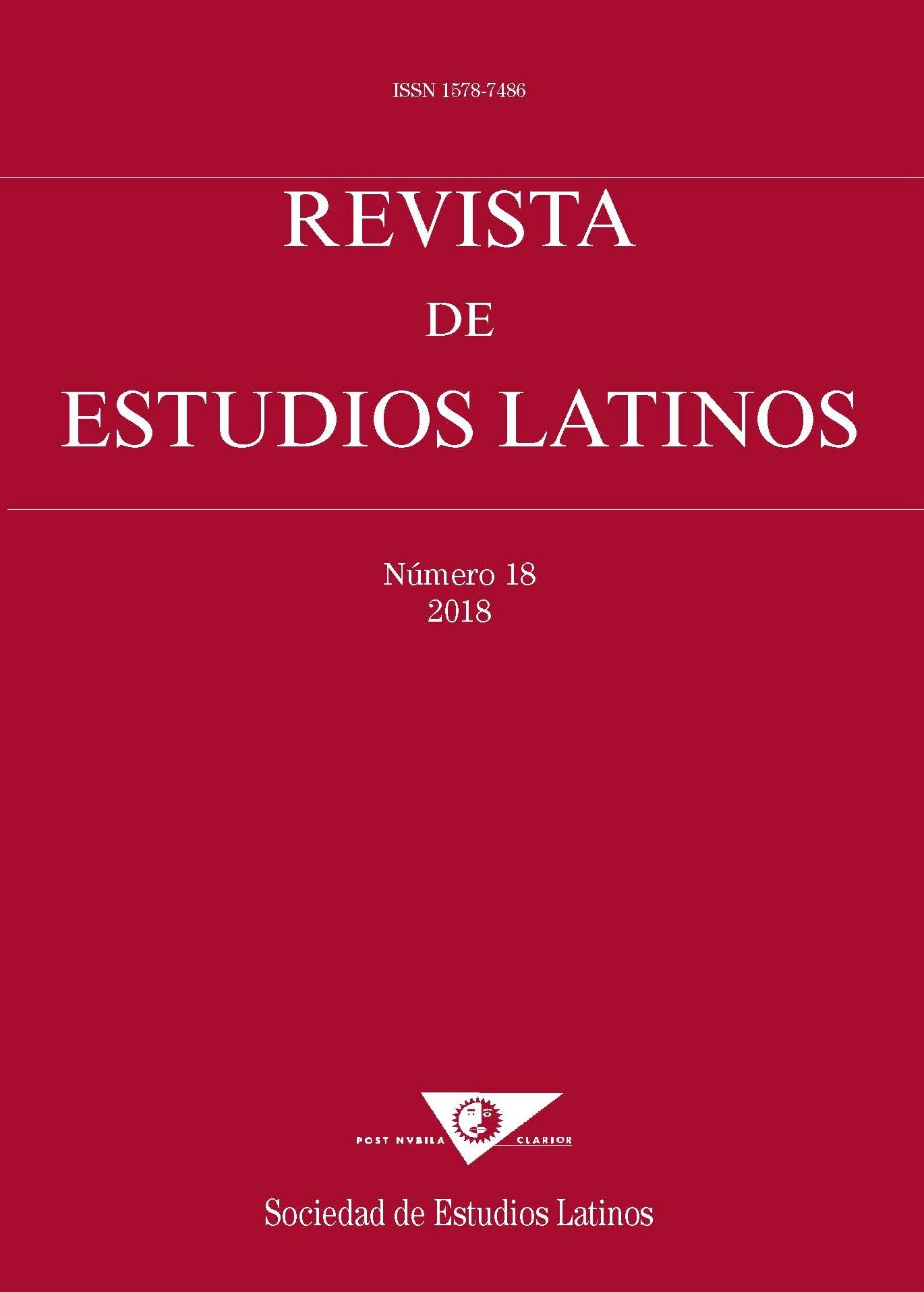Taio of Zaragoza’s Epigramma operis subsequentis in Mss. Aug. Perg. 255, Clm 14854 and Ott. Lat. 2546
DOI:
https://doi.org/10.23808/rel.v18i0.82804Keywords:
Epigramma operis subsequentis; Taio Caesaraugustanus; authorship; Alanus Farfensis; Avitus Viennensis.Abstract
This paper examines the presence of Taio of Zaragoza’s poem Epigramma operis subsequentis in three manuscripts, where it appears without an author and significantly transformed in relation to its original form (k = Karlsruhe, Badische Landesbibliothek, Aug. Perg. 255, s. IX; m = Munich, Bayerische Staatsbibliothek,
Clm 14854, s. IX and V = Vatican City, Biblioteca Apostolica Vaticana, Ott. Lat. 2546, s. X-XI). These verses were conceived as a preface to Taio’s work Sententiae. Nevertheless, the study of the poem’s indirect transmission reveals that, from the Carolingian period onwards, it was used as a prologue to different works unrelated
to Taio. Furthermore, in manuscript V, ten additional hexameters, whose source has not been identified until now, have been incorporated in the Epigramma. These verses come from a carmen of Avitus of Vienna (s. V-VI); joined to Taio’s verses, they produce a cento-like composition that is generally attributed to Alan of Farfa
(s. VIII).
Downloads
Downloads
Published
How to Cite
Issue
Section
License
The originals published in the printed and electronic editions of this journal are the property of the Revista de Estudios Latinos and can be circulated as long as the original source and authorship is made clear in any reproduction, full or partial, of the same, and as long as this is not done for commercial purposes.






